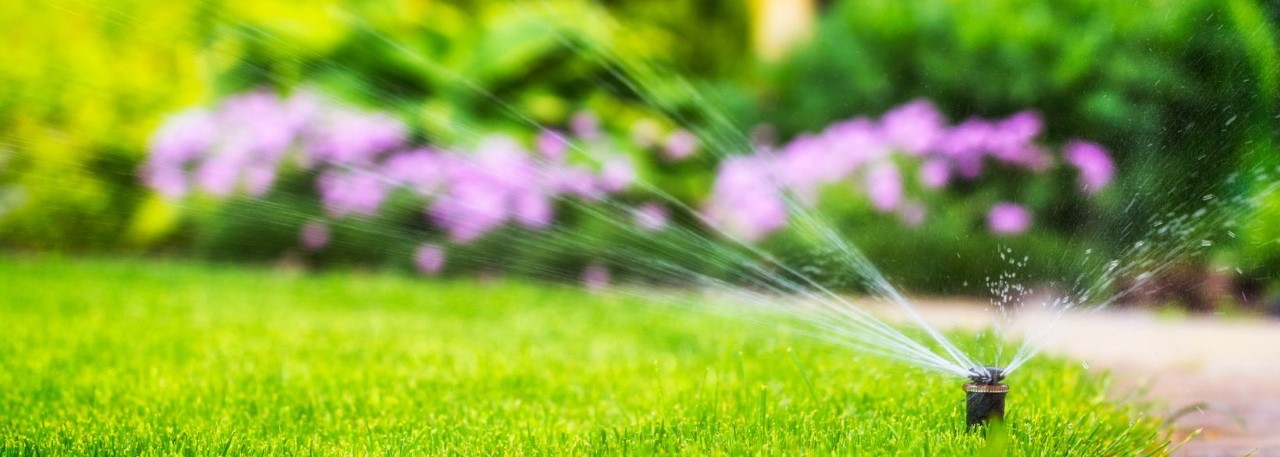
Lawn maintenance is one of the big home-care factors you need to make time for. Not only does a manicured lawn add to overall curb appeal, in many municipalities, cutting your grass is enforced with a by-law.
Local By-Laws Regarding Your Yard
Grass must be cut (below 12 inches), overgrown weeds and standing water must be removed, discarded or abandoned items must be properly disposed of, alleyways must also be maintained, and inoperative vehicles must be stored under a structure.
Getting To Know The Basics
Maintaining a healthy lawn involves using good maintenance practices during the growing season. Proper mowing, fertilizing, irrigation, and thatch control provide a dense, healthy, high-quality lawn. Fertilizer is food for plants, and grass can benefit tremendously from being given a meal now and then. It’s good to fertilize your lawn in the spring when the grass begins to warm up and grow. You may want to feed your grass again in the late spring when it has used much of its energy in restarting growth. You can add fertilizer to your lawn in a variety of ways. Many people use a spreader, which is a tool designed for spreading fertilizer and other materials over a large area. Other fertilizers will attach to your garden hose and can be sprayed onto your lawn.
Mowing Your Lawn
Mowing has a major influence on the turf density, uniformity, and aesthetic quality of a home lawn. Turf can be mowed frequently, provided no more than one-third of the grass blade is removed in a single mowing. Mow as high as possible. Lower mowing produces a shallow root system. Shallow grass roots cannot take up enough water and nutrients, making the lawn susceptible to drought stress. Low mowing encourages broadleaf weed invasion and invasion from grassy weeds such as creeping bent grass and annual blue-grass. It is best to mow a lawn when the leaves are dry. Dry grass cuts cleanly, and clippings distribute more evenly. Follow the rule of one-third - Never mow more than one-third of your grass’s height in a single mow. For example, if your grass is 3 inches tall, don’t cut off more than 1 inch. If you let your lawn enter winter with tall grass, your turf may attract pests and diseases, especially snow molds.
Watering Your Lawn
Like other plants, grass needs water as well. With regular weather conditions, it would be ideal to water your lawn once a week, if the weather is warmer and drier, water your lawn more often. The best time to water is before 10 a.m. so the grass has all day to absorb the water it's been given. Avoid watering during the afternoon when the sun is highest in the sky. Watering can cause scorching to your lawn. If you are having a lot of rain, you can cut back on your watering. If your grass gets squishy beneath your feet or if the weeds seem to be growing faster than usual, you might be watering your lawn too often.
Creating New Growth
Most lawns need aeration once every year, especially lawns with clay soil. If your lawn has sandy soil or is performing well without aeration, aerating once every three years is enough. Overseeding is a method of thickening up a lawn that has become thin or damaged. Overseed at double the seeding rate for establishing a new lawn. The best time to overseed a lawn is in the fall and to keep the overseeded area moist by watering several times a day. One week after seeding, reduce watering to twice a day until seedlings are established.
Maintaining your lawn, can create a sense of accomplishment and is the first step towards good curb appeal. Your lawn is part of your homes first impression, so when you put your house on the market, be sure to make that impression a good one! Your REALTOR® can suggest other landscaping techniques as you prepare to sell your home.
Looking for an experienced REALTOR ® that specializes in real estate across Windsor and Essex County? At Royal LePage Binder Real Estate, we are focused on helping you unlock your future.
